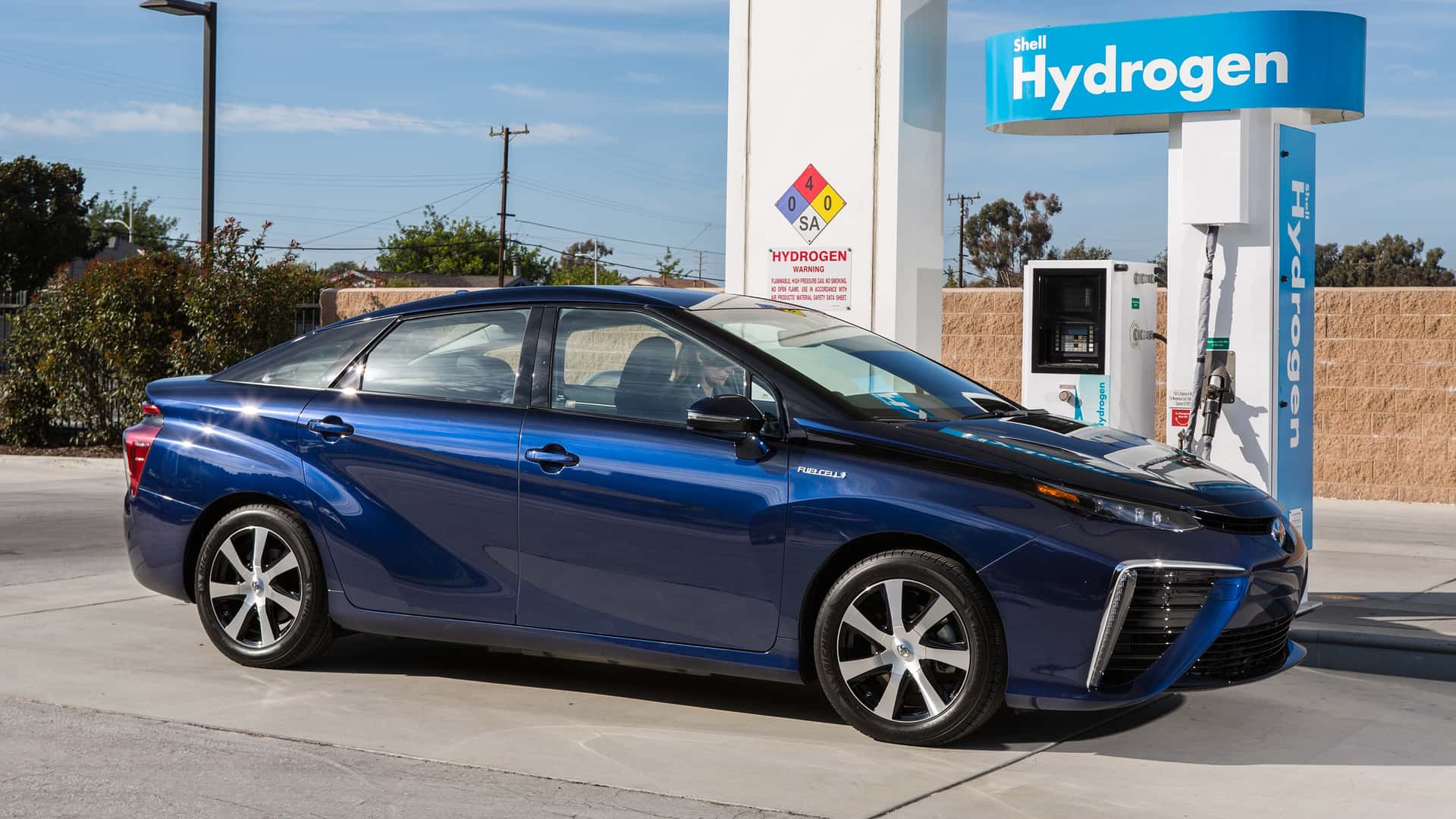Shell Is Immediately Closing All Of Its California Hydrogen Stations | The oil giant is one of the big players in hydrogen globally, but even it can’t make its operations work here.::The oil giant is one of the big players in hydrogen globally, but even it can’t make its operations work here. All seven of its California stations will close immediately.



Looking forward to the upcoming Toyota announcement that they believe in the future of hydrogen more than ever
Toyota, and Japan as a whole, are in a tricky situation with their electric grid. It’s been developed separately by nine different companies in each region; the southern regions use 60 Hz supply cycles, where-as the northern regions (including Tokyo Electric) use 50 Hz. Add to this the populations reluctance for nuclear power after Fukushima, and you get a very fragile supply grid with limited capacity. Toyota is gunning hard for Hydrogen because Japan itself can’t support EVs and for some reason it doesn’t want to/can’t manufacture both.
I’m not sure I buy that. Yes, their electrical grid is a mismatched nightmare, that they should have taken the hit on decades ago. However I see that small chargers for things like phones can adjust to pretty much any electrical grid: why shouldn’t we expect the charger in the car to be equally flexible? Either way, it’s converting to DC
Edit: the article didn’t talk about the differences, except frequency: if the only difference is 50Hz vs 60Hz, most analog electrical stuff probably also works on both. The real problem is they don’t have interconnects nor do they have a regulatory structure allowing separate generating oroviders
My main point was about capacity, and how the separate grid(s?) hinder attempts to add the capacity needed for EVs. I wasn’t really clear on that though. mb
I thought auto ranging power supplies were typically for voltage but not frequency.
Every one I’ve seen gives ranges like 100-240v ac, at 50-60 Hz.
Then electrical grids are large complex systems defined in analog days and subject to variances for weather, usage, distances, etc, so they also need to support that variability
Even larger appliances like refrigerators, ovens/ranges, etc? Some of these might be 10+ years old.
Digital power supplies usually support most electrical grids
Analog electrical stuff must handle the allowed variability in the grid and may be able to adjust from 60Hz to 50 Hz: for example a clock probably uses a crystal to establish a reliable frequency instead of relying on the grid frequency. Some labels may include this info, especially since everything has been globalized. However it’s going to depend. Some will. Some won’t.
However analog electrical can’t usually adjust between 120v and 240v, or similar, depending on where you are. This is the part where things can fail spectacularly
They also recently announced an anhydrous ammonia engine.
They really really don’t want to do an electric car. Anhydrous ammonia is insanely toxic. You ever spill a like a few drops of gas at the pump and get it on your pants or shoe? Annoying but not a big deal. Do that with anhydrous ammonia and you’ll be in the hospital.
Going to guess this will not change their goal of 200k hydrogen vehicles by 2030. They currently have about 14k out on roads.